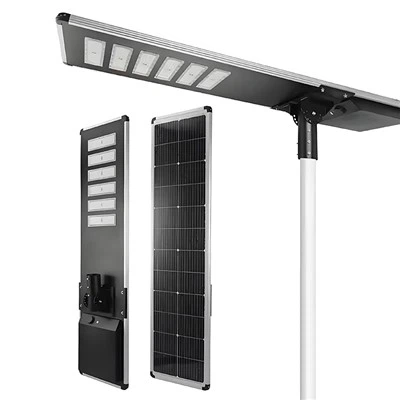Whether it be a commercial, industrial, or residential facility, lighting is essential to its illumination. There are several varieties and designs in the complex world of light bulbs. You may be familiar with the phrase "E26 Lamp Base." Let's go straight to the point.
Is the Base of Every Light Bulb the Same?
Not at all! There are many base kinds of light bulbs that are made for certain fittings. Knowing the differences between bases becomes crucial at this point, particularly if you're choosing from a large selection
An E26 Lamp Base: What Is It?
The diameter of the bulb base is referred to as an E26 lamp base. The name comes from the fact that it is precisely 26 millimetres broad. This common base is mostly found in North America and is used in a variety of light bulb types, such as LED, compact fluorescent, and conventional incandescent.

Is E26 a Common Base for Light Bulbs?
Indeed, particularly in the US and Canada, the E26 Base is sometimes referred to as the "standard" or "medium" base. Although the E26 is widely used in North America, it's important to remember that various standards are used elsewhere. However, because of its adaptability and compatibility with a variety of installations, including both indoor and outdoor illumination, E26 light bulbs-like the well-known LED Corn Bulbs-are often used.
How Do E26 and A19 Differ From One Another?
This is a typical confusion. E26 is about the base, while A19 is about the bulb's size and form. Simply said, the teardrop form that many people are acquainted with is A19, and it often has an E26 base. They are known as A19 bulbs because the "A" in A19 stands for "Arbitrary," and the number 19 is derived from its 19/8" diameter.
The Appeal and Purpose of E26
What is the appearance of an E26 Bulb Base? Imagine a traditional lightbulb, complete with a screw-in mechanism. For you, it is the E26. E26 light bulbs differ from one another in terms of functioning, wattage, and design. The selection is wide and includes enclosed fixture bulbs as well as bulbs designed for warehouses.
"Lighting is an art, and the choice of lightbulb may significantly change both operation and appearance. The base is just as important as the actual lightbulb.
We'll examine wattages, voltages, and other important topics in the next section, as well as how the E26 lamp base stacks up against other varieties like the E27. Get informed with the help of LED Network's knowledgeable analysis.
Exposing the Complexities of E26 Lamp Base and Other Topics
The E26 Lamp Base takes front stage as we continue our exploration of light bulb bases. By being aware of its subtleties, you can make far better lighting decisions that will last and provide the best possible illumination.
E26 and E27: Just a Millimetre Different?
There is a minor but significant difference between an E26 and an E27 lamp base. The E27 base, which is mostly used in European nations, has a diameter of 27 millimetres, which is just one millimetre larger than the E26 base. Although it may seem little, compatibility may be impacted.
But what's the bright side? Because of their similar sizes, E26 and E27 are often used interchangeably. However, before making a switch, always be cautious and make sure your fixture is suitable. Additionally, if you're using an E27 light, confirm that it has an electrical safety rating that is accepted in your region.
Providing Clarity on Voltage and Wattage
An E26 bulb's wattage is a frequently asked question. Since the E26 description only applies to the base, the wattage may vary depending on the kind of bulb.
Conversely, voltage is dependent on the bulb's design and your location. Although certain commercial and industrial E26 base lights may be certified for higher voltages, E26 light bulbs typically run at 120V in North America. Selecting the appropriate voltage for your area and requirements is crucial for both performance and safety.
Is It Possible to Dim?
The question "Are E26 Base Lamps dimmable?" is one we often encounter. The good news is that a lot of E26 bulbs, particularly LED ones, have dimmable designs. However, you should make sure that the switch and fixture are compatible for the optimum results. Check out our article on LED light dimming options if you want to maximise the mood created by your lights.
Identifying the Base E26
It's not always easy to identify an E26 base bulb. But it's usually labelled on the base or package. If you're still unsure, you may get clarification by measuring the diameter, which should be 26mm.

"The correct base guarantees that your bulb not only fits but also operates faultlessly, much like a strong foundation is essential to a building's stability."






